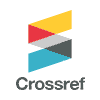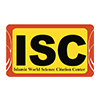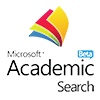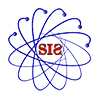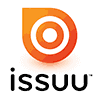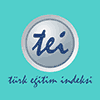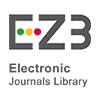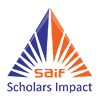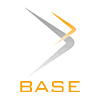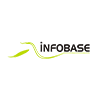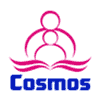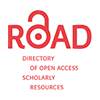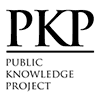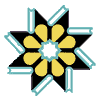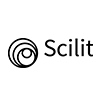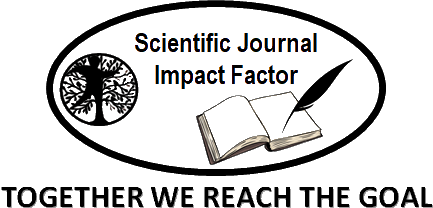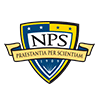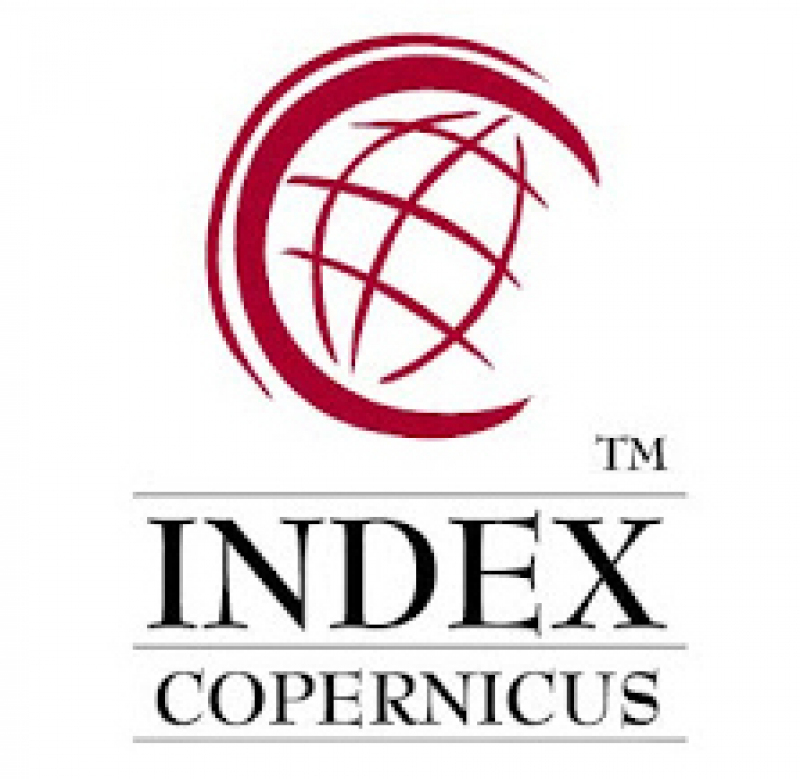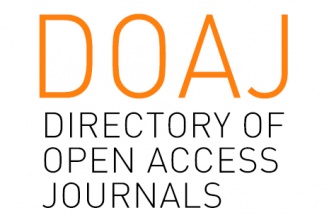Representation of Educational and Character Values in the Bilingual Children's Story Book Tumbuk Jagung (Riung Traditional Language-Indonesian)
Abstract
This study explores the representation of educational and character values in the bilingual children’s storybook Tumbuk Jagung (Rosak Sela) by Benediktus Molo, which uses both Indonesian and the endangered Riung regional language. The research employs a qualitative content analysis method to examine how narrative elements, such as plot, characters, dialogue, and illustrations, convey values including responsibility, hard work, cooperation, empathy, and respect for elders. The study also highlights the integration of local wisdom from the Riung community in East Nusa Tenggara, emphasizing traditional practices like Rosak Sela (collective corn pounding), sustainable use of natural resources, and the preservation of local culinary and architectural elements. In addition to fostering character development, the storybook serves as a strategic tool for revitalizing the Riung language through engaging and emotionally resonant storytelling. The bilingual format promotes language acquisition and cultural identity in young readers, aligning with educational and sociolinguistic principles for minority language preservation. This research underlines the importance of incorporating local language and cultural content into children's literature to support multilingual education, identity formation, and intergenerational transmission of heritage values.
Keywords
Full Text:
PDFReferences
Alfin Syahrian, dkk., “Bentuk dan Makna Lagu Ida Sang Sujati Karya I Komang Darmayuda,” Jurnal of Music Science, Technology, and Industri, Vol. 2 No. 2 (Oktober 2019), h. 58.
Arizpe, E., & Styles, M. (2003). Children Reading Pictures: Interpreting Visual Texts. London: RoutledgeFalmer.
Creswell, J. W. (2014). Research Design: Qualitative, Quantitative, and Mixed Methods Approaches (4th ed.). Thousand Oaks, CA: SAGE Publications.
Fishman, J. A. (1991). Reversing Language Shift: Theoretical and Empirical Foundations of Assistance to Threatened Languages. Clevedon: Multilingual Matters.
Geertz, C. (1973). The Interpretation of Cultures. New York: Basic Books.
Kemendikbud. (2010). Pengembangan Pendidikan Budaya dan Karakter Bangsa: Pedoman Sekolah. Jakarta: Kementerian Pendidikan Nasional.
Lickona, T. (1991). Educating for Character: How Our Schools Can Teach Respect and Responsibility. New York: Bantam Books.
Miles, M. B., & Huberman, A. M. (1994). Qualitative Data Analysis: An Expanded Sourcebook (2nd ed.). Thousand Oaks, CA: SAGE Publications.
Moleong, L. J. (2017). Metodologi Penelitian Kualitatif (Edisi Revisi). Bandung: Remaja Rosdakarya.
Nurgiyantoro, B. (2005). Sastra Anak: Pengantar Pemahaman Dunia Anak. Yogyakarta: Gadjah Mada University Press.
Santosa, R. (2017). Metode Penelitian Kualitatif Kebahasaan. Surakarta: UNS Press.
Suyanto, K. K. E. (2008). English for Young Learners: A Contextual Approach. Jakarta: Bumi Aksara.
Vygotsky, L. S. (1978). Mind in Society: The Development of Higher Psychological Processes. Cambridge, MA: Harvard University Press.
Wiersum, K. F. (2004). Forests and Forestry in a Cultural Landscape: An Overview. Landscape and Urban Planning, 68(1), 1–9. https://doi.org/10.1016/j.landurbplan.2003.09.001.
UNESCO. (2003). Language Vitality and Endangerment. Paris: UNESCO Ad Hoc Expert Group on Endangered Languages.
Zuchdi, D. (2009). Pendidikan Karakter: Grand Design dan Tugas Guru. Yogyakarta: UNY Press.
DOI: http://dx.doi.org/10.18415/ijmmu.v12i8.7047
Refbacks
- There are currently no refbacks.
Copyright (c) 2025 International Journal of Multicultural and Multireligious Understanding

This work is licensed under a Creative Commons Attribution-NonCommercial-NoDerivatives 4.0 International License.
https://ijmmu.com
editor@ijmmu.com
facebook.com/ijmmu
Copyright © 2014-2018 IJMMU. All rights reserved.






